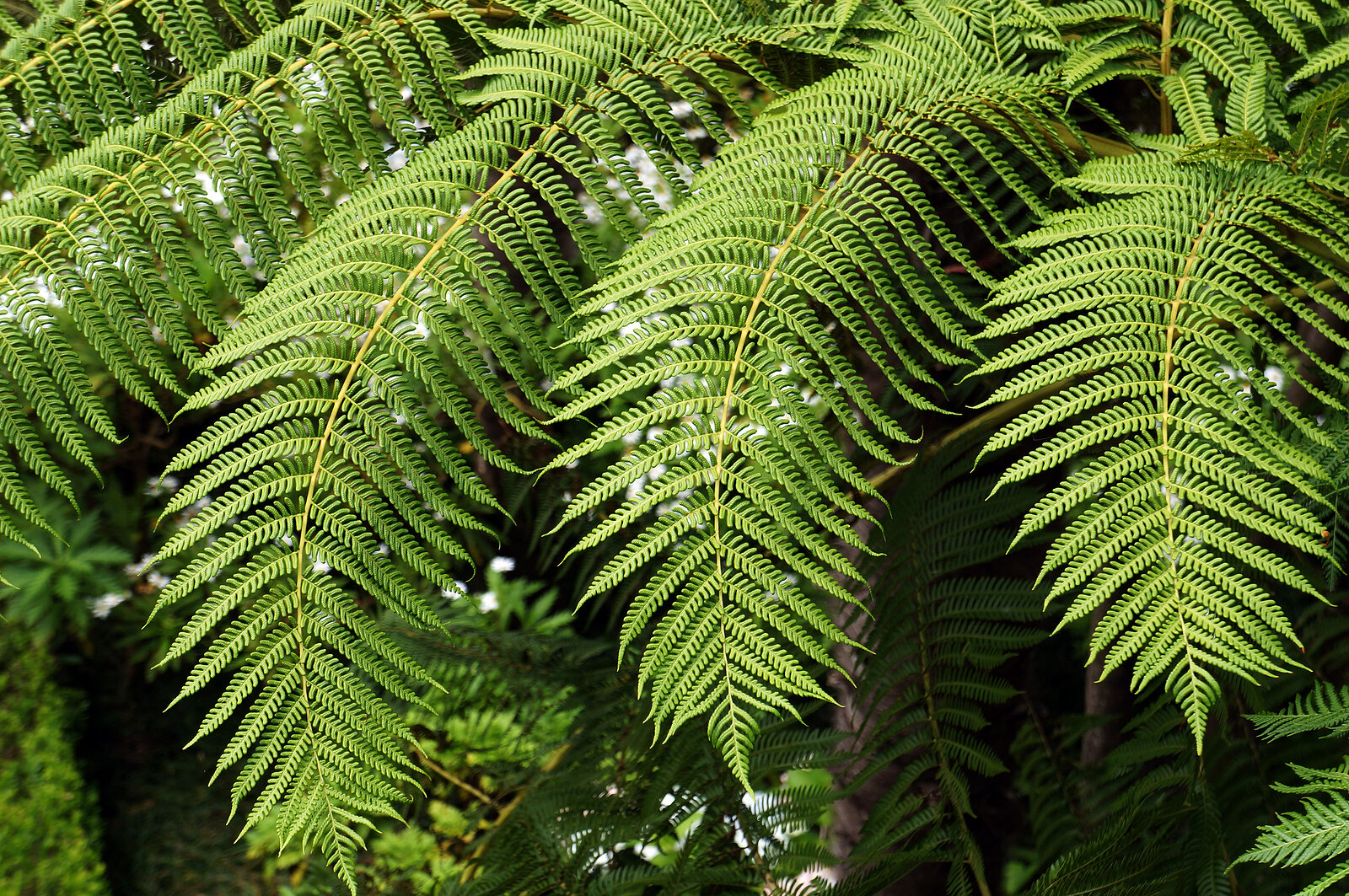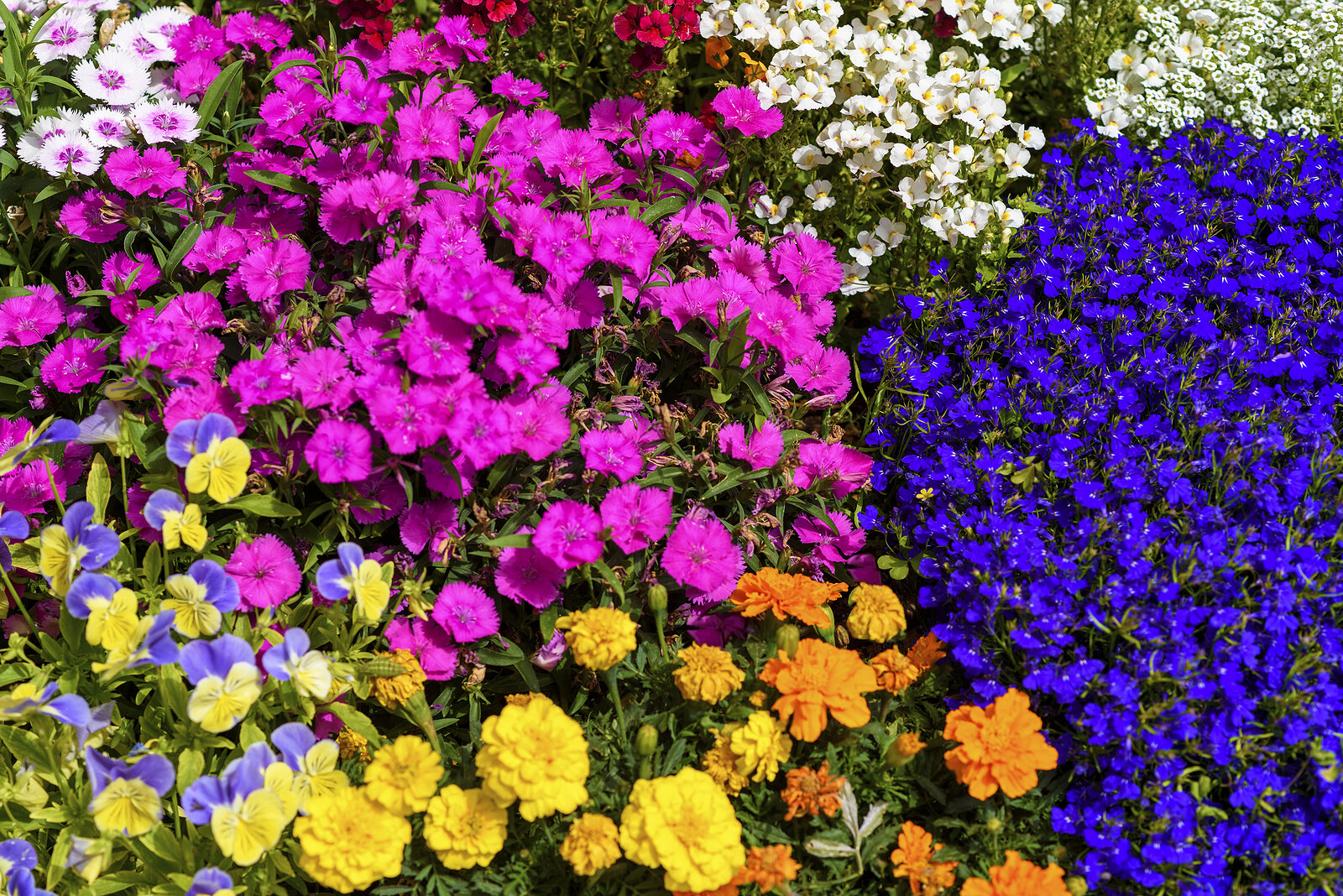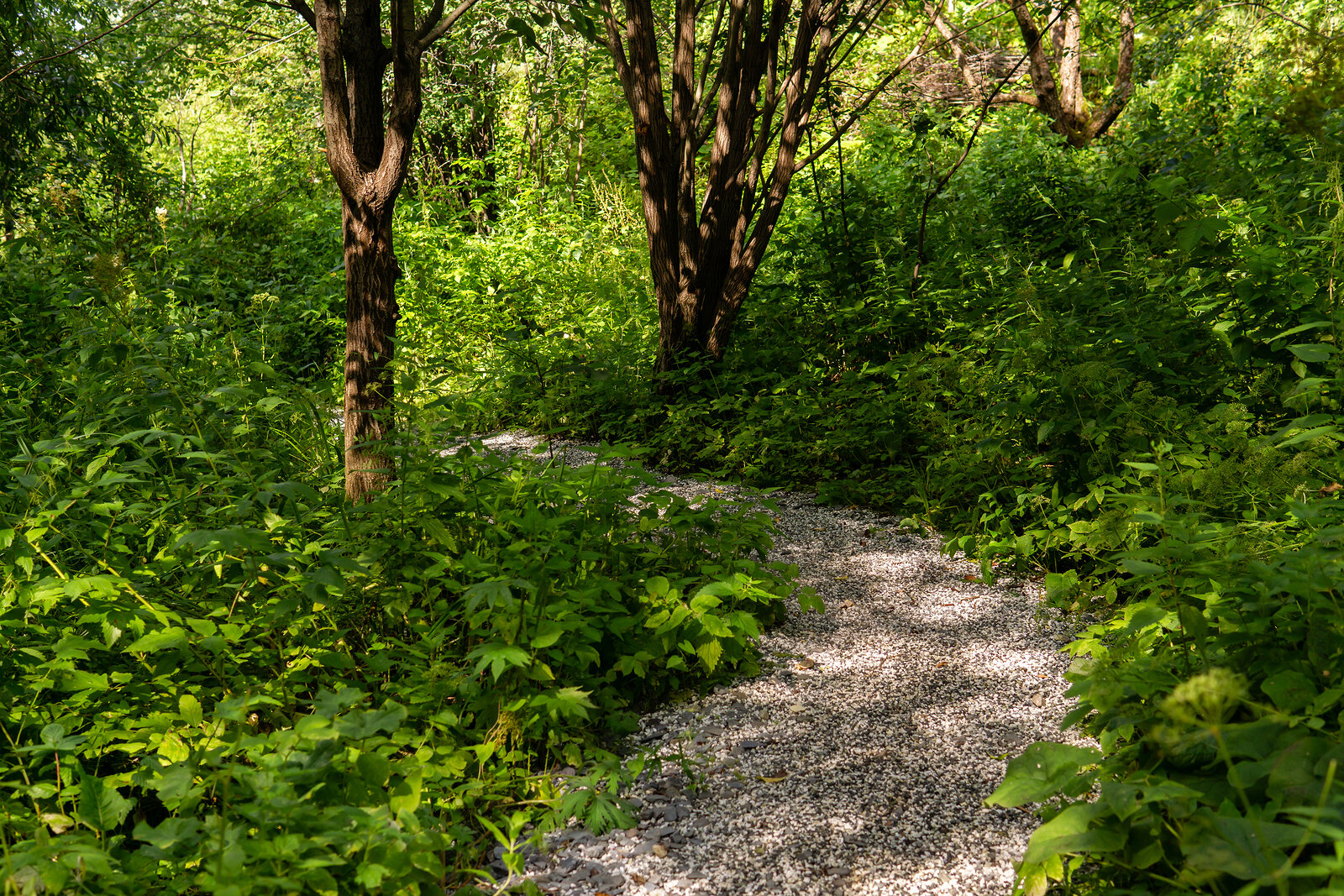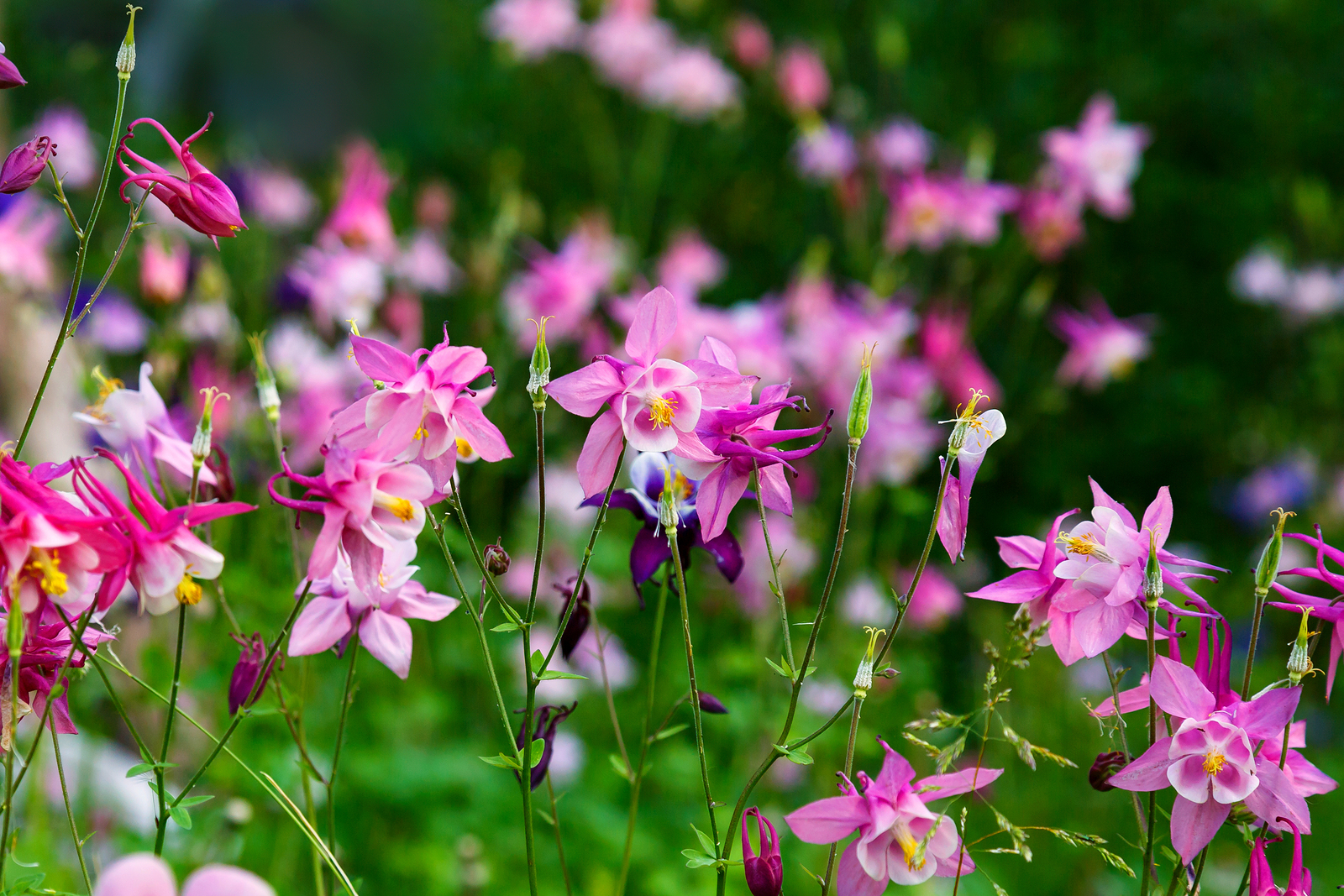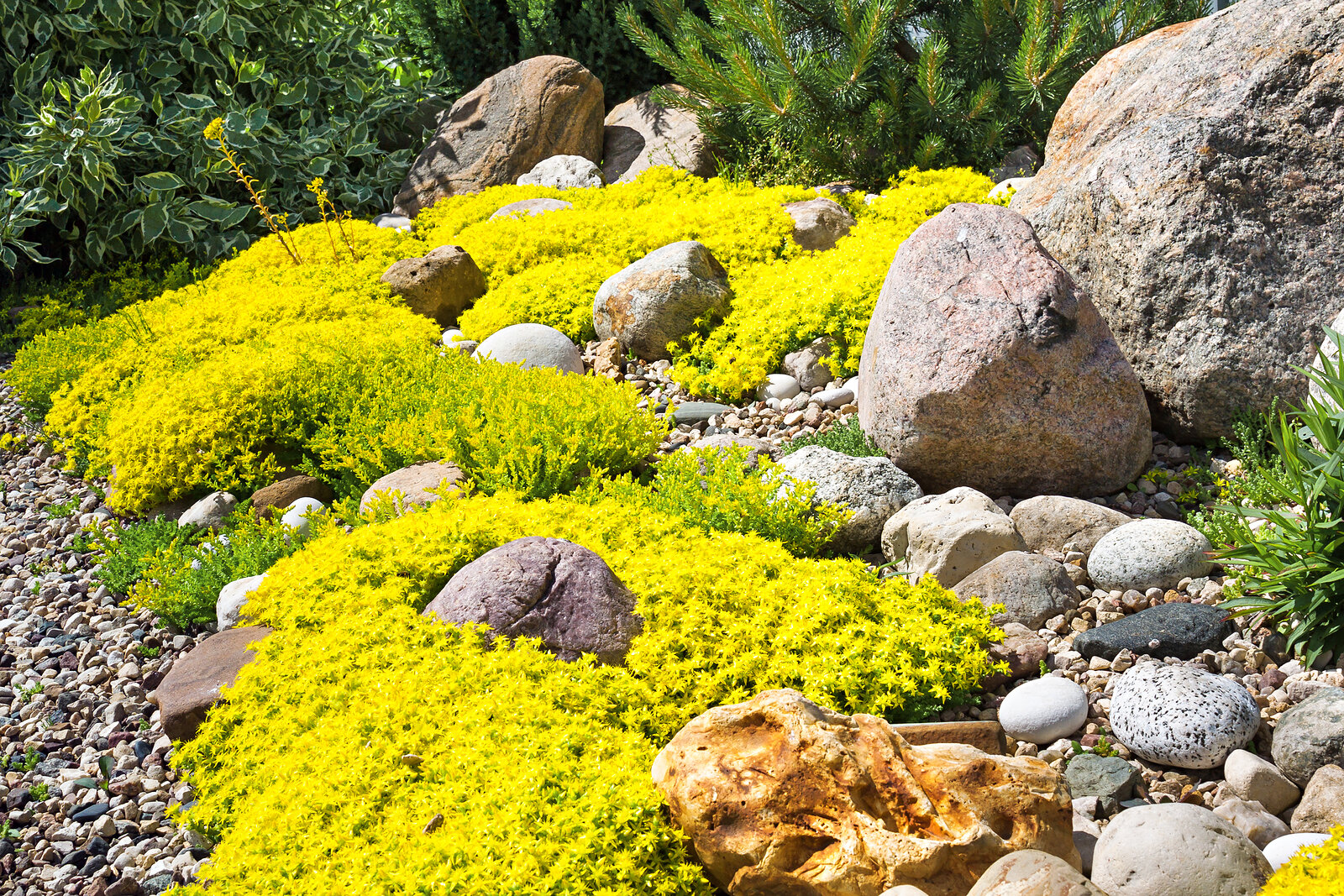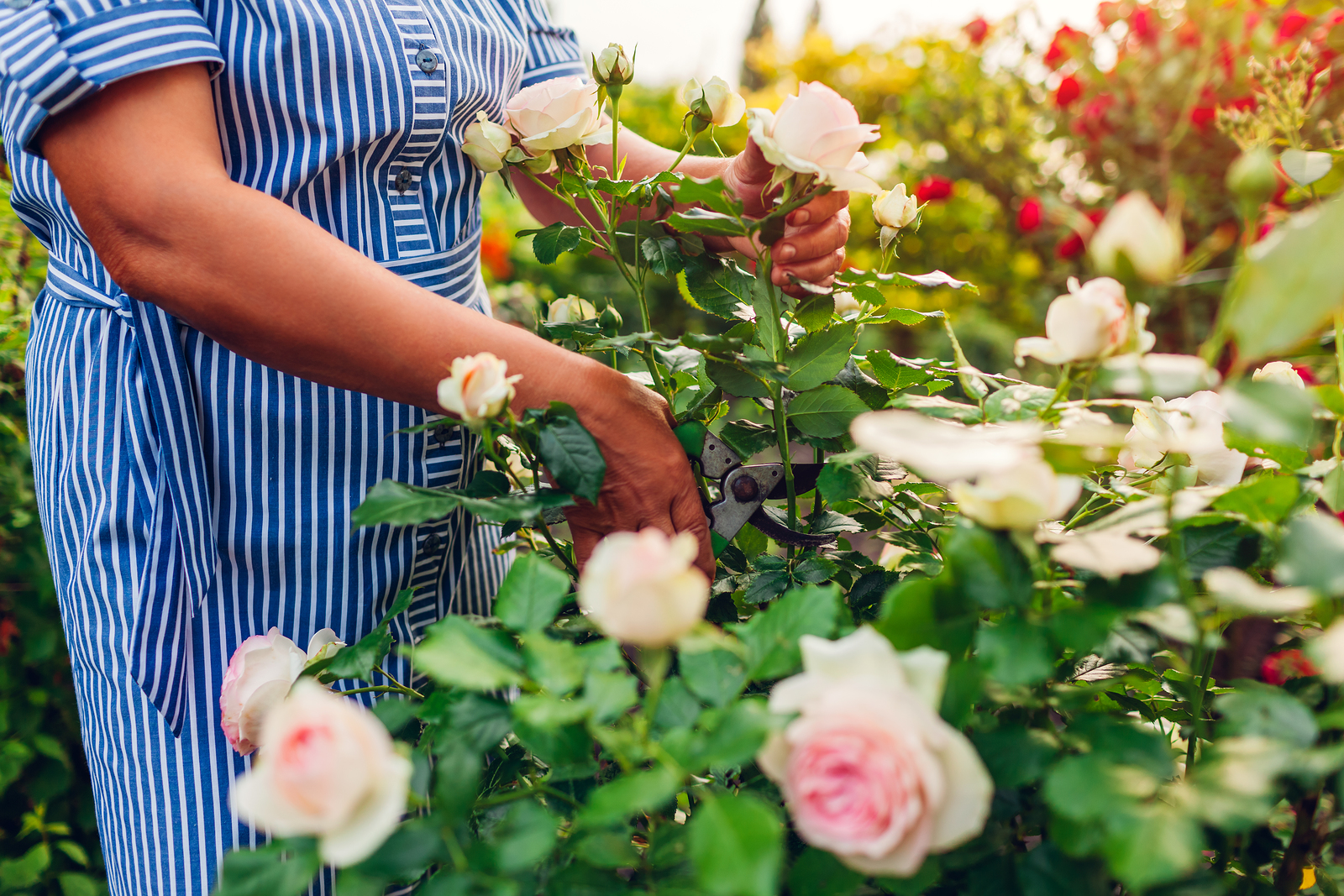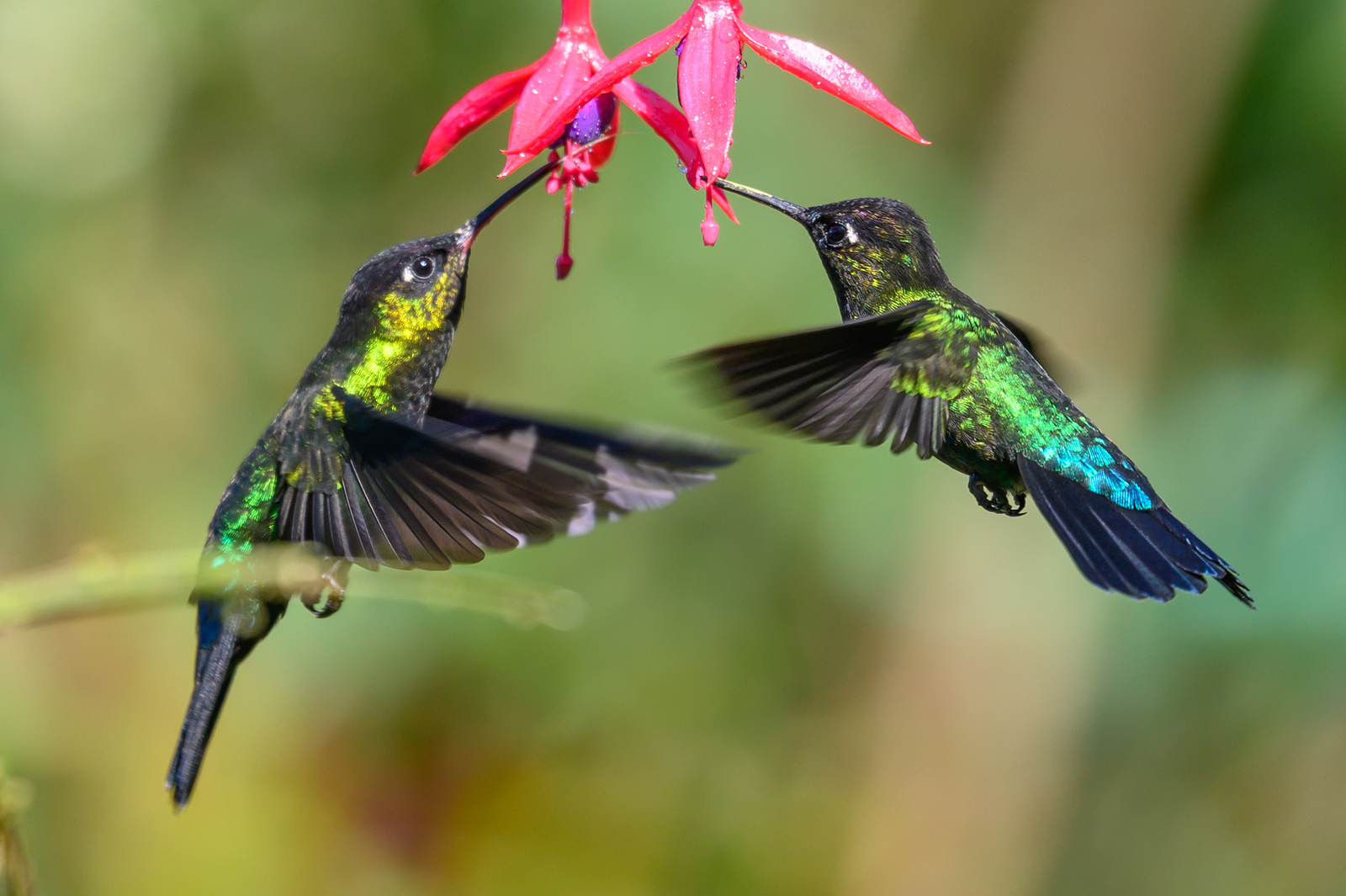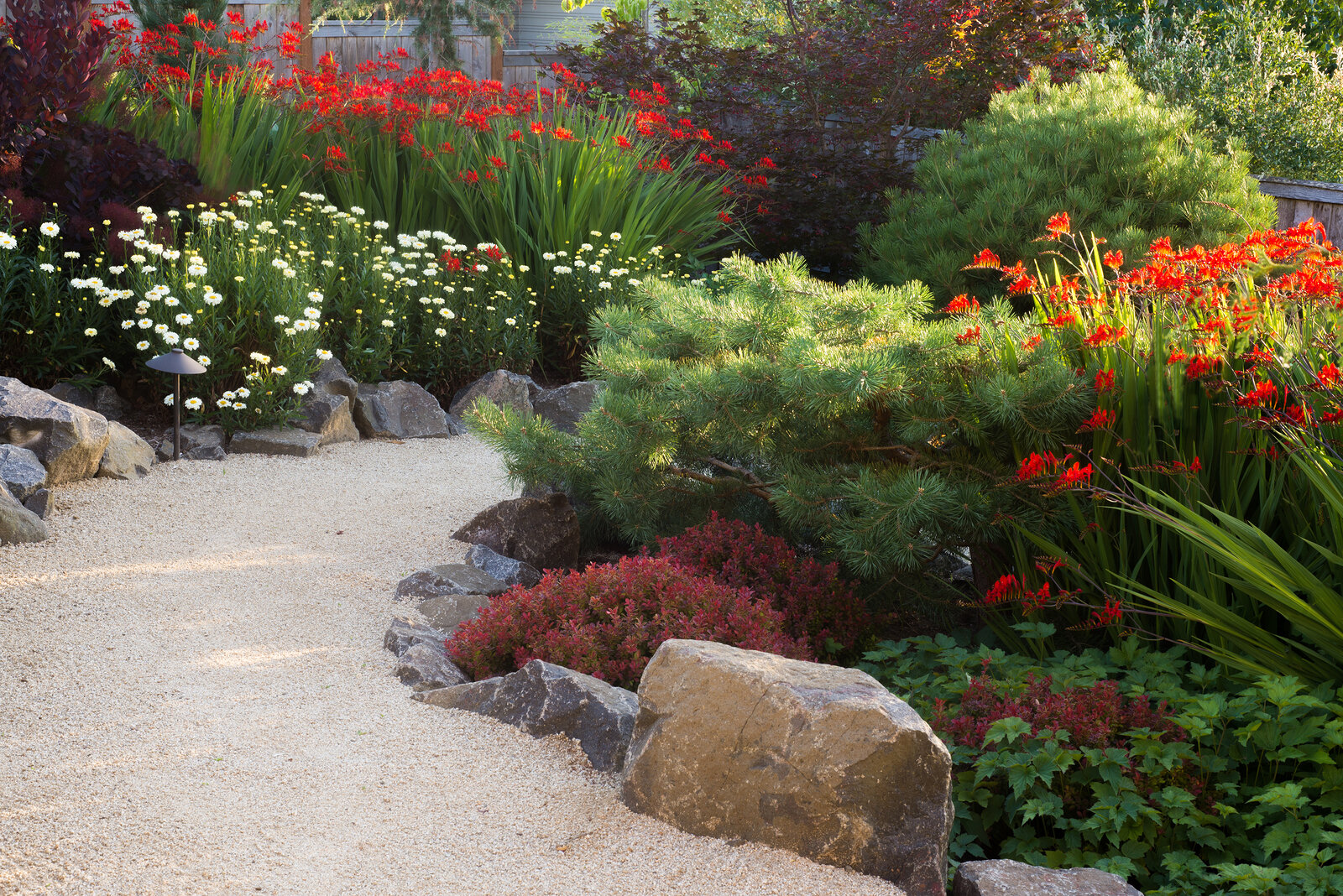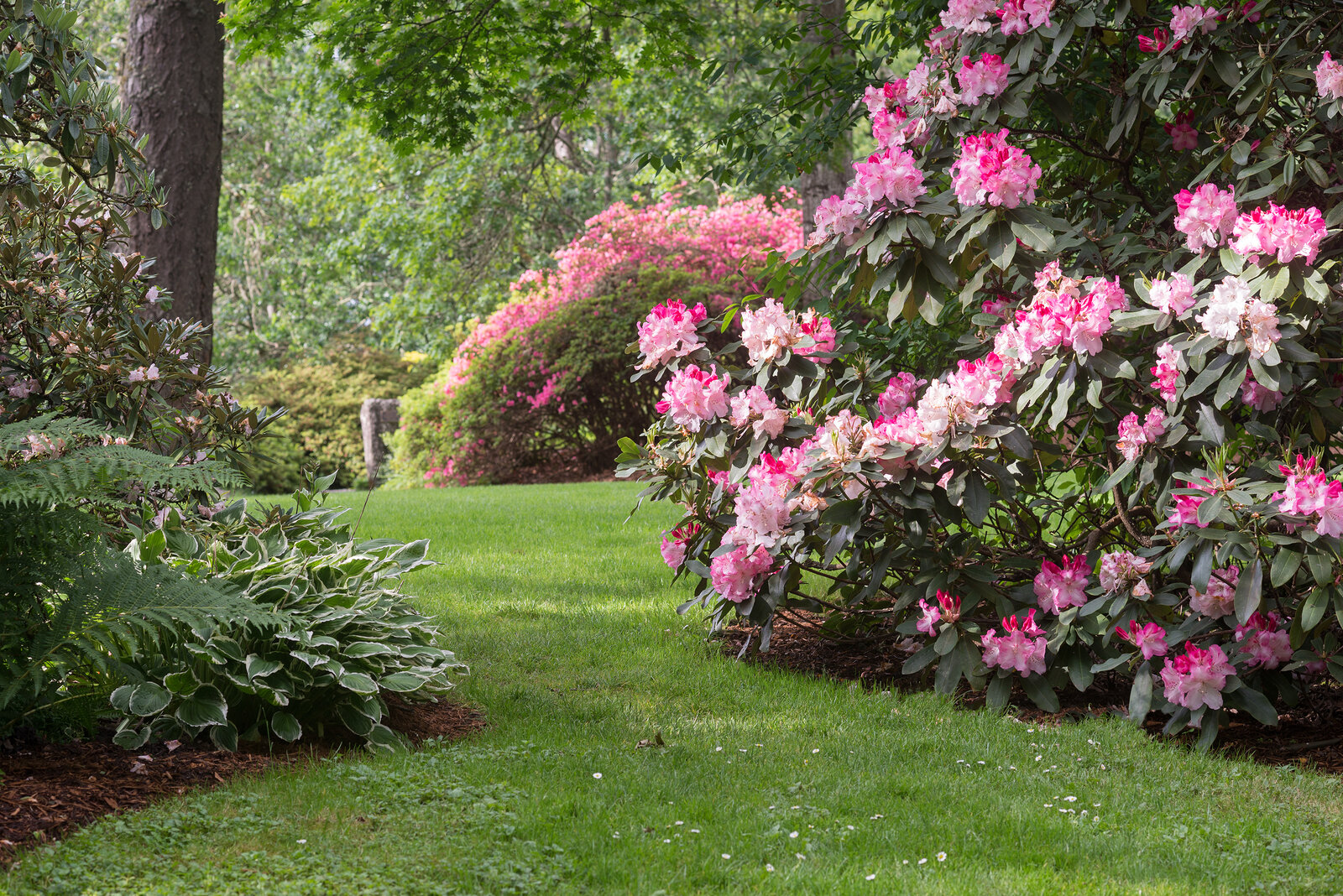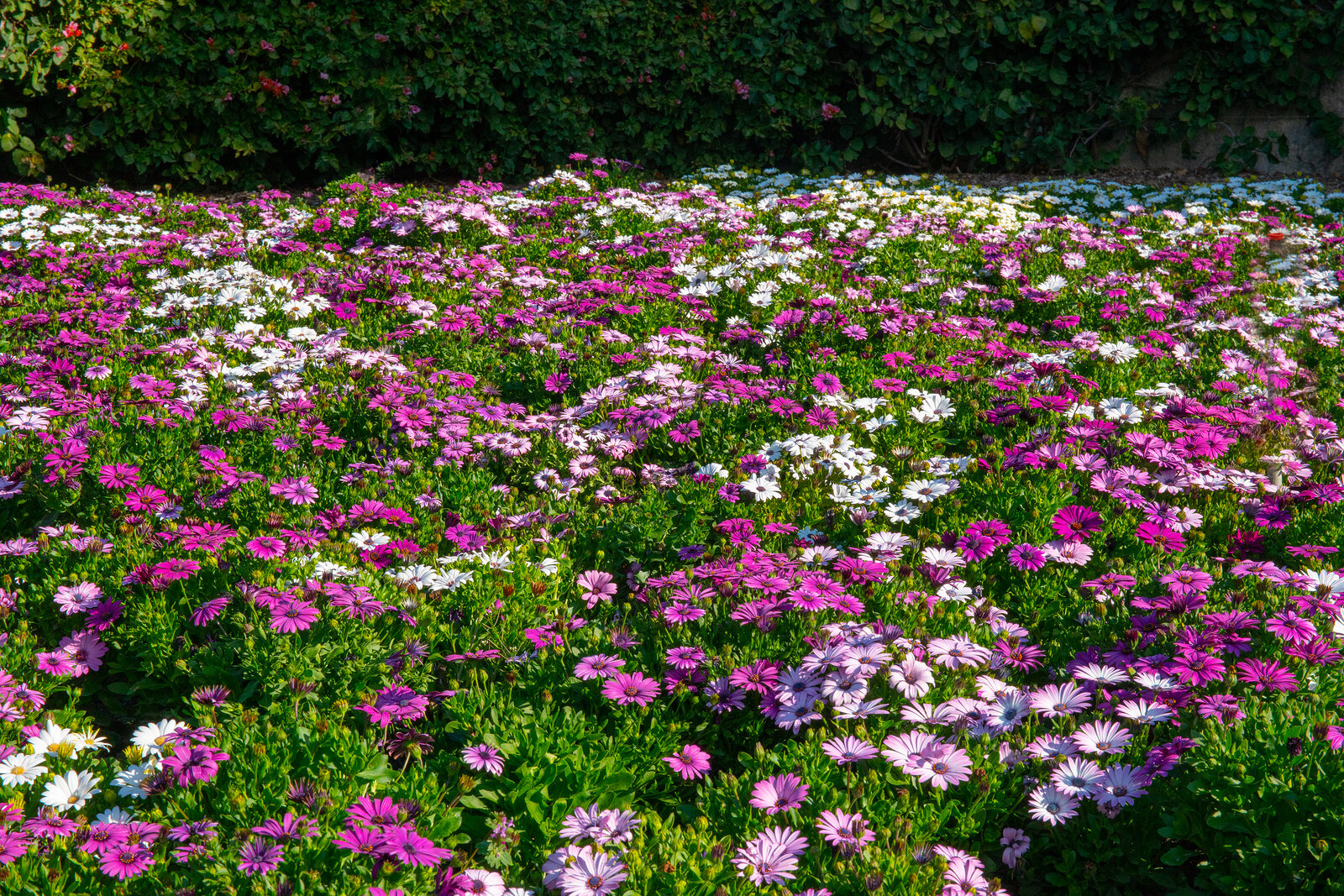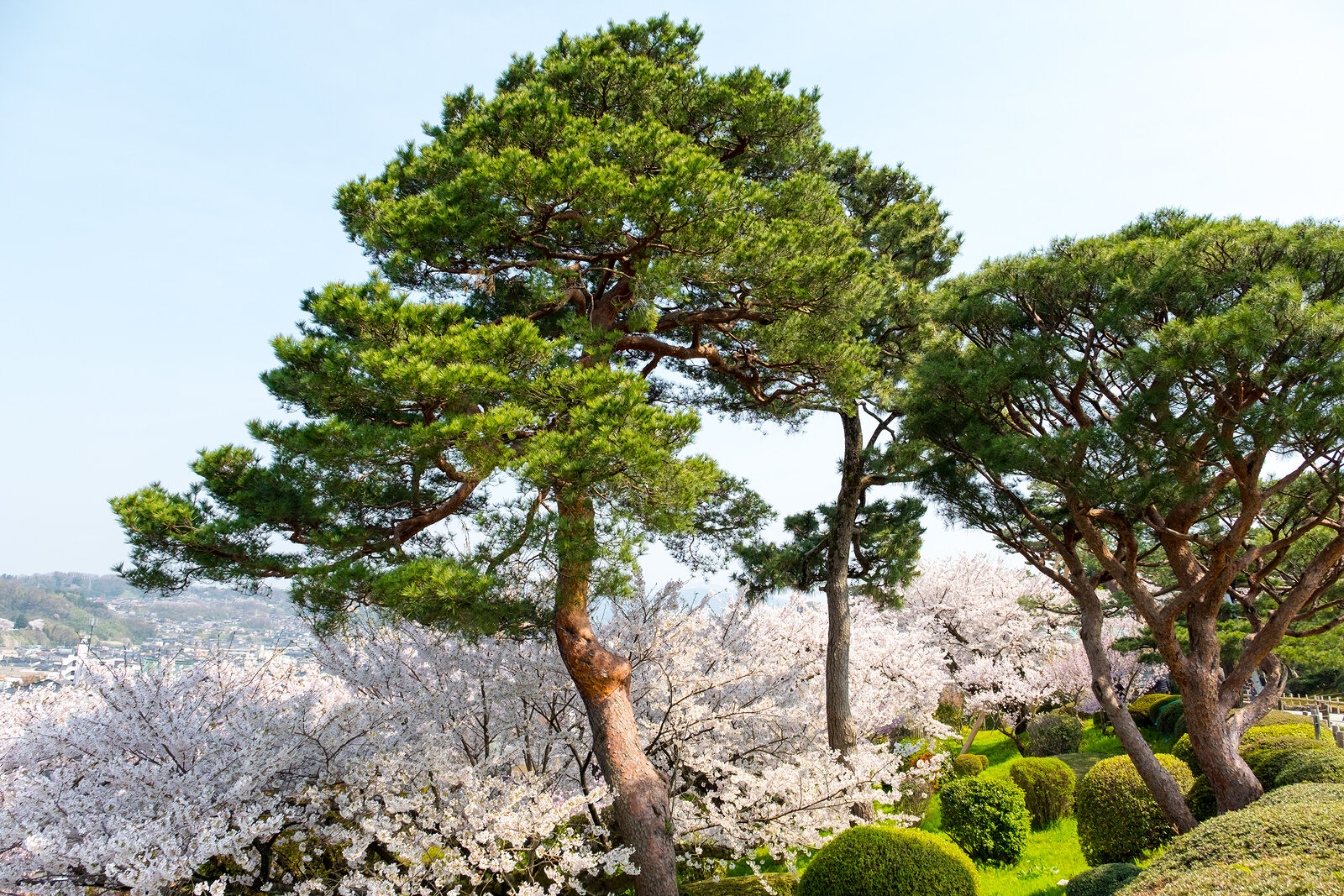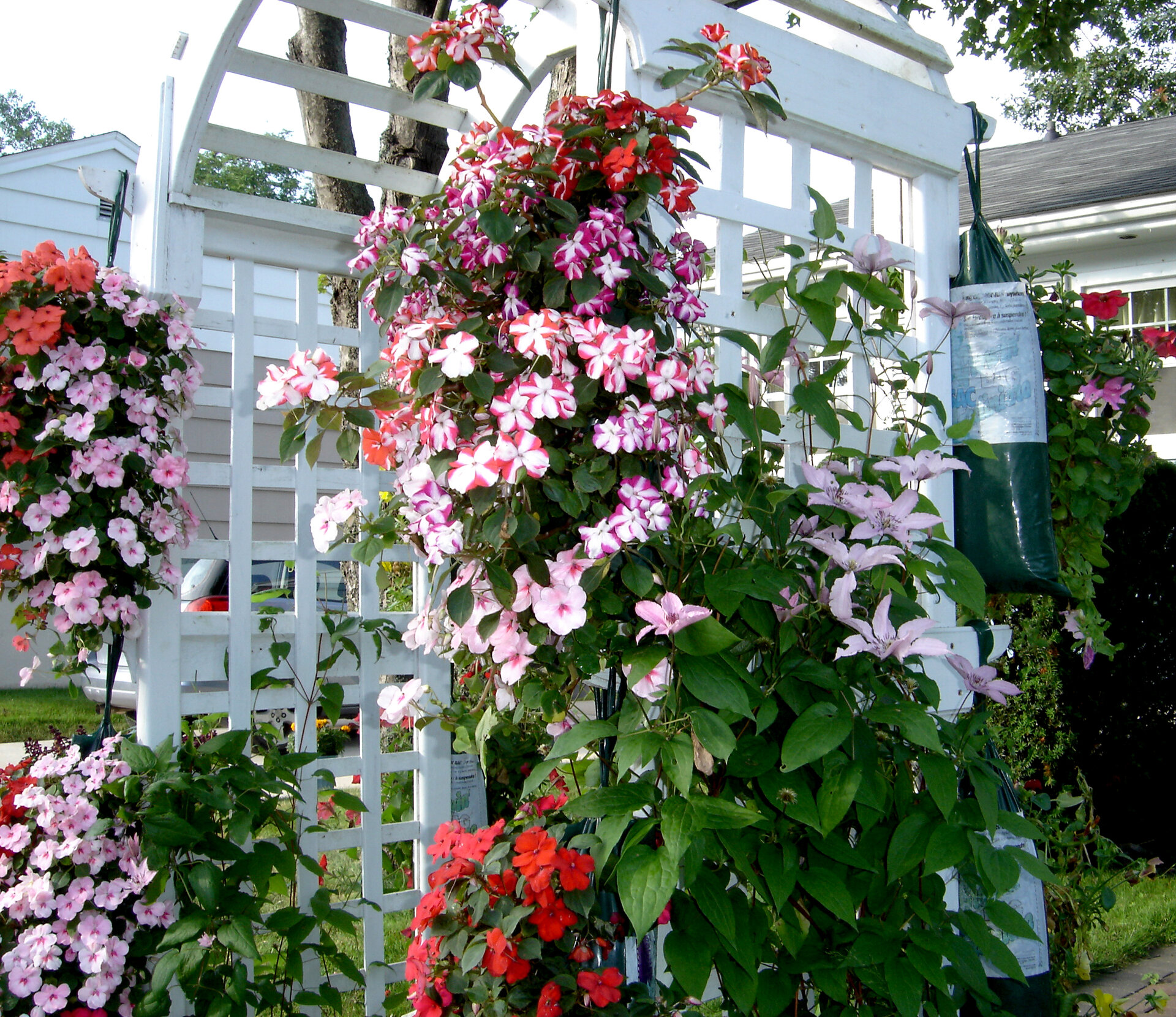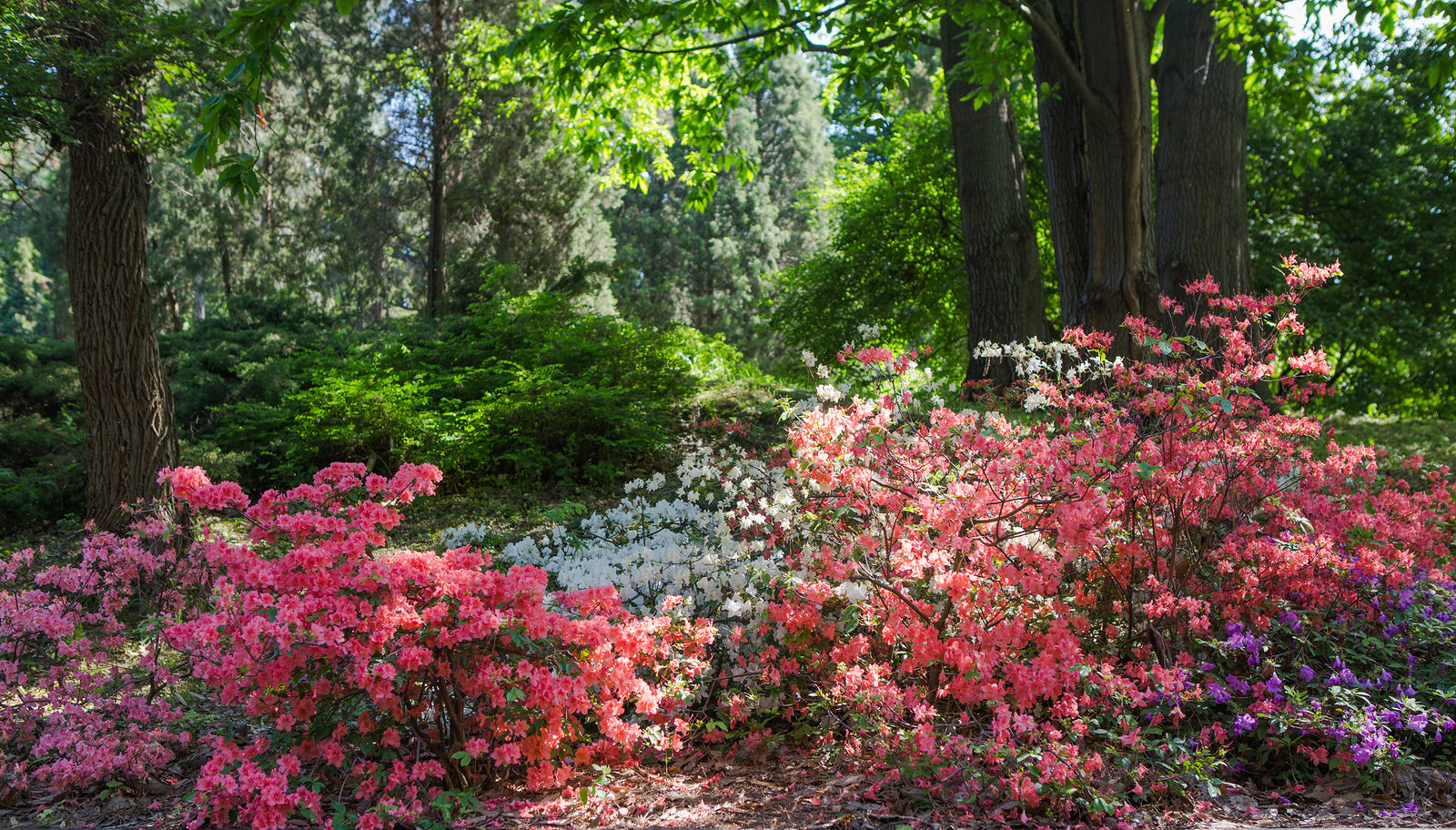Design
Latest stories
More stories
-
Woodland Gardening
Woodland gardens are gardens or landscapes dominated by native or non-native trees and large shrubs. Woodland gardens often feature small shade-loving shrubs, herbaceous perennials, bulbs, and annuals below the tree canopy. As well, small clearings or glades can be created in woodland gardens. Shade-loving native plants are an excellent choice for a woodland garden. Non-natives […] More
-
Wildflower and Meadow Gardening
Wildflower and meadow gardens are very nearly the same. A wildflower garden is wholly planted with wildflowers. A meadow garden is planted with wildflowers and meadow grasses. Wildflower and meadow gardens continue to gain popularity because they are relatively easy to establish and require very little maintenance. Both are mostly comprised of native plants that […] More
-
Native Plant Gardening
Native plants are plants that are native to your region; that means they naturally thrive in your climate. Gardening with native plants is an easy solution to growing a garden; the plants in the garden want to grow where you live. Native plants are adapted to year-round high and low temperatures; they are adapted to […] More
-
Rock Gardening
Rock gardens commonly emulate naturally rocky sites and formations. They replicate the natural habitat or alpine plants and recreate the conditions in which they thrive. Rock gardens are usually situated on naturally sloping sites with good drainage. They often feature a series of rocky outcrops with wet but usually dry gullies running in between. Sunny […] More
-
Growing Flowers for Cutting
Nearly all flowers, twigs, berries, and leaves can be brought indoors and put in a vase for display. Some flowers, however, are easier to grow, cut, and display than others. You can plant flowers for cutting. You can even dedicate a bed or even a garden for cutting flowers. Flowers that are well suited for […] More
-
Flowers That Attract Birds and Butterflies
Songbirds, hummingbirds, and butterflies are easily attracted to your garden by flowering annuals, perennials, and shrubs. A variety of flowering plants will attract a variety of wildlife. Easy ways to attract birds and butterflies Here are simple ways to attract butterflies and birds to your garden: Flowering plants that attract butterflies and birds Here are […] More
-
Drought-Tolerant Gardens
Ample water is not a requirement for a beautiful garden. Water-conservation in the garden is very doable. Water-smart gardening can save time and money. A drought-tolerant garden makes the most of the water it gets. “Xeriscaping” is a term used for growing naturally drought-adapted plants using water-saving methods. A xeriscape does not need to look […] More
-
Shade Gardening
Some plants thrive in shade. You can still have a garden even if all you have is shade. Just know, plants that thrive in shade are not the same plants that thrive in sunlight. A shade garden is defined by the outlines of shadows cast by buildings, walls and fences, trees, and shrubs. Types of […] More
-
in Design, Groundcovers, Planting
Groundcovers in Garden Design
Groundcovers are low growing trailing or clumping plants, usually evergreen, that quickly join together to form a dense layer of leaves. Flowering groundcovers can be grouped together to form a sea of color. In design groundcover plants are often used to fill the foreground of a design. Planted as a mass groundcover plants cause a […] More
-
Trees in Garden Design
Trees are commonly the largest and tallest elements in a garden or landscape design. They also take the longest time to grow. Trees are commonly defined as woody plants with single or multi-trunks that are greater than 20 feet high. There are dwarf and miniature trees shorter than 20 feet, but they are often treated […] More
-
Designing with Vines
Vines create tremendous vertical effects while using little horizontal space. They can be an asset to a garden’s color, texture, and form. If a garden is small, with a lot of wall or other vertical space, vines become an important design element. Vines can complement architecture or other hardscape in a garden or landscape. Vines […] More
-
Designing with Flowering Shrubs
Flowering shrubs are an important element in nearly every garden or landscape design. They not only bring color to the landscape they add structure as well. Shrubs are woody-stemmed plants with a number of branches arising at or a little above ground level; shrubs lack conspicuous trunks. All shrubs flower, but some have inconspicuous blooms. […] More

